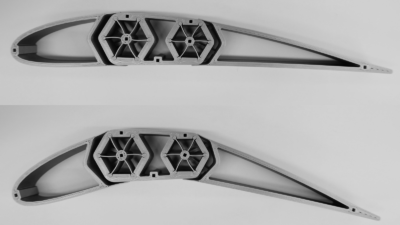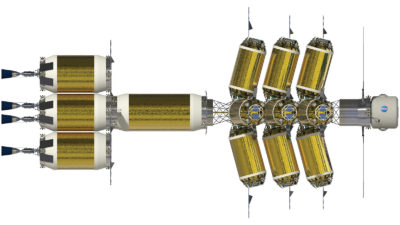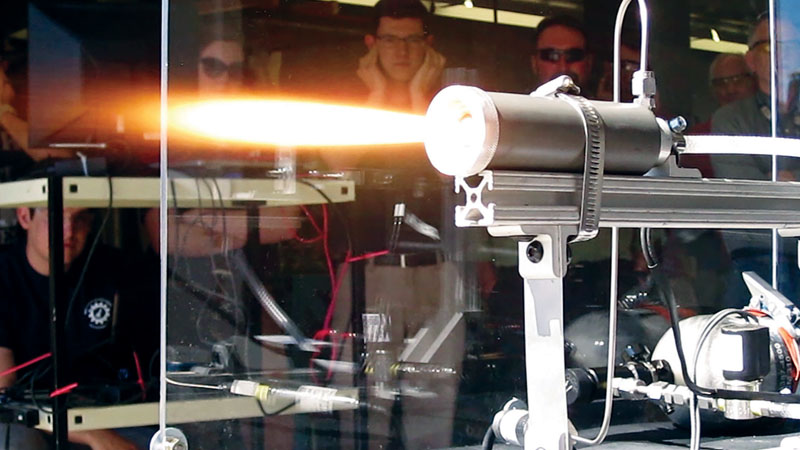Year brings greater dependency on software
By CHRIS THAMES|December 2020
The Software Systems Technical Committee focuses on software engineering issues for complex and critical systems, including requirements, design, code, test, evaluation, operation and maintenance.
The aerospace community this year continued to become more dependent on software to solve problems, whether that be turning to Zoom and Teams to carry on operations during the pandemic or developing software for aircraft and spacecraft. Because of the interconnectivity of systems around the world, software development and test activities largely continued despite the pandemic, though with cybersecurity becoming more important than ever.
In air transportation, FAA approved in August a plan for mitigating the software issues underlying the crash of two Boeing 737 MAX aircraft, including a software patch to resolve concerns with the Maneuvering Characteristics Augmentation System or MCAS. Flights to recertify the system were started in June, and FAA in November issued an airworthiness directive laying out steps airlines and Boeing must take to prepare the planes for reentry to service. The impacts stemming from this software problem are likely to be felt even after the MAX returns to service.
In June, eight teams competed for cash prizes in the U.S. Air Force Hack-a-Sat space security challenge at Defcon. After the success of the 2019 challenge to hack systems identical to those aboard an F-15 fighter aircraft, teams of “ethical” hackers were invited to identify potential vulnerabilities by attempting to hack a satellite. A U.S. team called PFS won by gaining network control of the simulated ground station, reestablishing communication with a tumbling satellite and being the only team to repair the satellite’s attitude control system. Cybersecurity has been a concern within the aerospace community for years, and those concerns have only continued to grow as bad actors have increasingly tried to gain access to critical systems.
The Air Force has also been looking to virtual reality and to augmented reality options for enhancing pilot training. In February, one company, Red 6 of California, demonstrated an AR system that simulates aircraft during training flights by displaying AR vehicles on the visor of a trainee pilot’s modified helmet. This capability would allow trainers to create scenarios that would not be possible with real aircraft due to the potential safety risks.
In June, engineers from Jacobs Engineering Group, PTC software company and NASA described how they turned to artificial intelligence to assist in the design of life support components for NASA’s forthcoming lunar surface spacesuit, the Extravehicular Mobility Unit, or xEMU. Utilizing AI in the design process allows for the analysis of a significantly larger number of options in a fraction of the time that could be accomplished by humans.
In May, SpaceX launched a largely automated Crew Dragon capsule to the International Space Station with astronauts Bob Behnken and Doug Hurley aboard, marking the first human mission to ISS under NASA’s Commercial Crew program and clearing the way for the November launch of four astronauts for the Crew-1 mission. Both SpaceX and Boeing were aiming to launch crew members to the ISS this year, but software errors were discovered during the Boeing Starliner orbital flight test in late 2019, resulting in a delay for the Starliner’s first flight with a crew. Formal qualification testing of the updated software began in August, with a plan for an uncrewed flight test in 2021.
Contributor: Stephen Blanchette



































